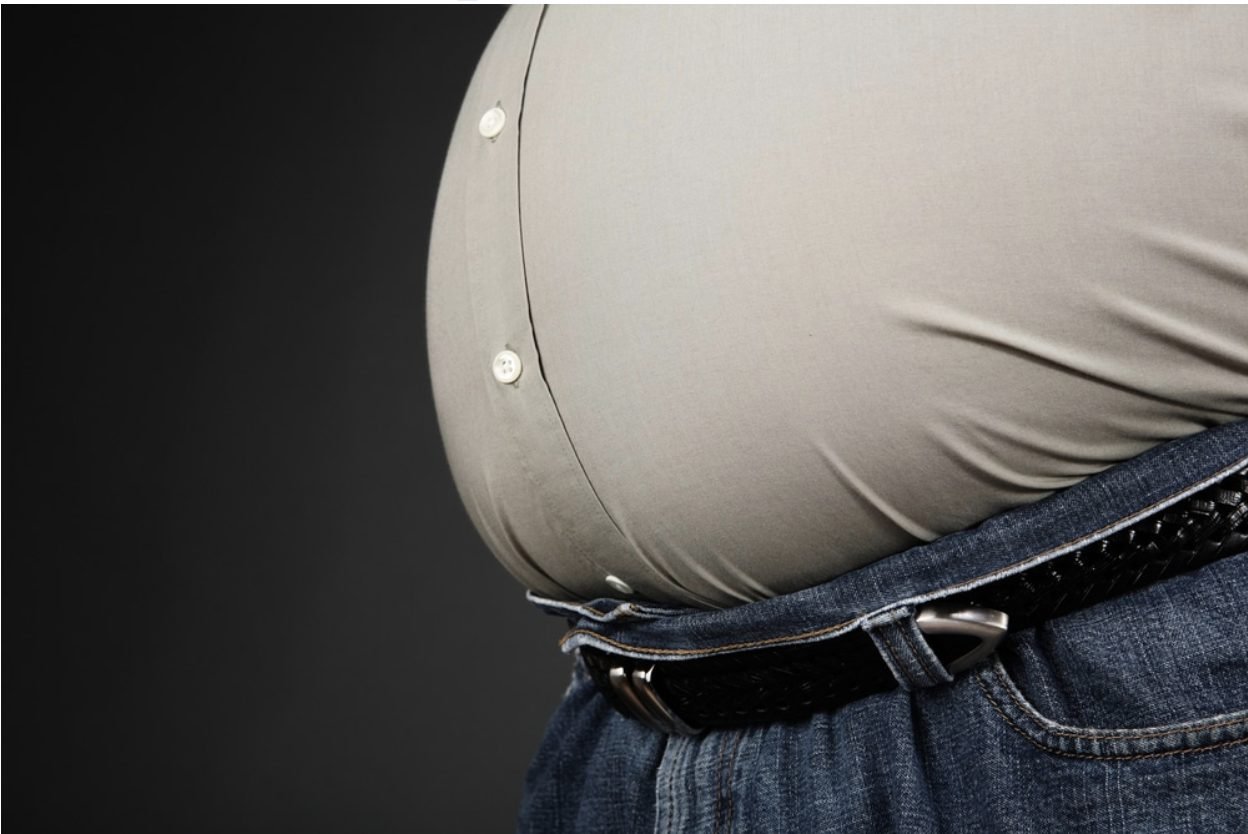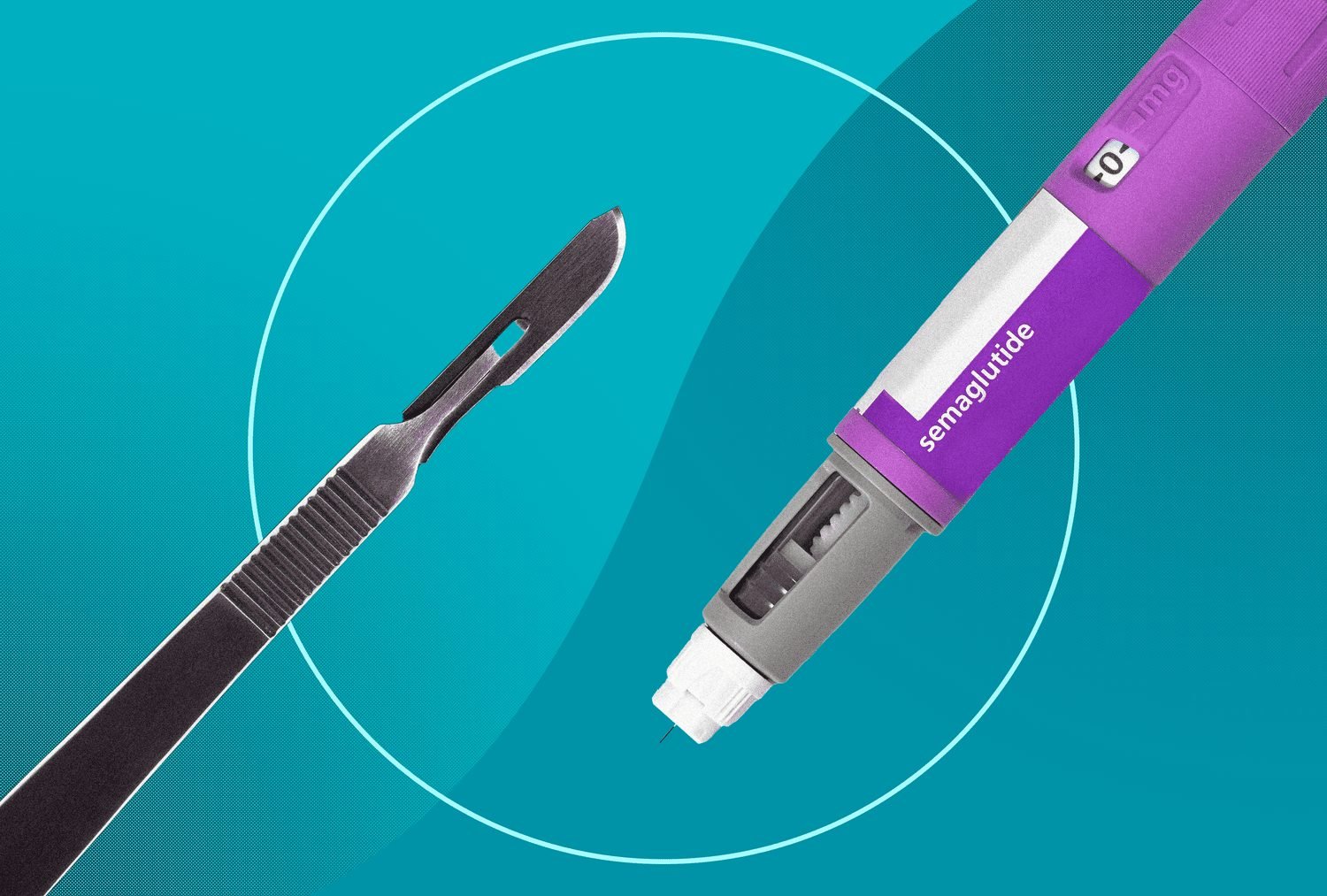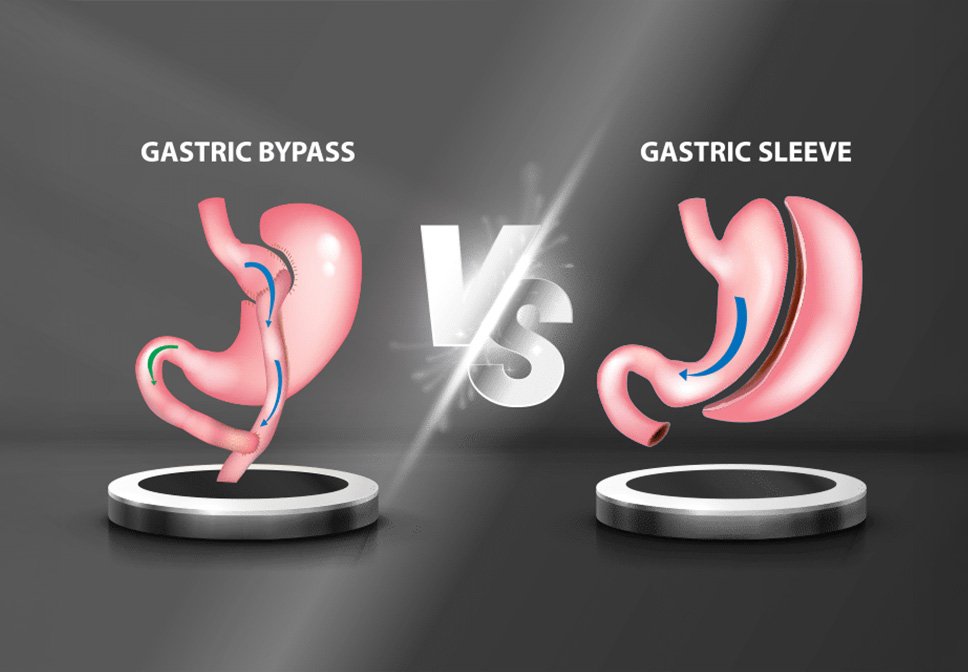Visceral fat is a type of body fat that lies deep within your abdominal walls and surrounds your organs. Some levels of visceral fat are healthy and help protect your organs. However, too much visceral fat can be dangerous for your health. Visceral fat is sometimes called “active fat” because it plays an active role in how your body functions.
In particular, visceral fat increases the risk for development of chronic low-grade inflammation and is involved in the pathogenesis of numerous inflammatory medical conditions including metabolic syndrome, diabetes and cardiovascular disease,2–4 as well as being an important, independent predictor of all-cause mortality.4 5
What’s the difference between visceral fat and subcutaneous fat?
Subcutaneous fat is fat that’s stored just beneath your skin. It’s the kind that you can pinch between your fingers. Visceral fat is different. Visceral fat is behind your abdominal muscles and can’t be seen. It surrounds your stomach, liver, intestines and other organs.

What are the symptoms of visceral fat?
A growing belly is the most obvious sign of visceral fat, but that can indicate subcutaneous fat as well. Some studies show if you have a potbelly — or are more “apple-shaped” than “pear-shaped” — you may have more visceral fat.
What causes visceral fat?
Genetic and environmental factors determine the amount of visceral fat you collect. Genetics determine your body shape and how your body stores visceral fat. But environmental factors such as diet and exercise play a key role as well. A poor diet with high intake of fatty foods and carbohydrates (sugars) and an inactive lifestyle provide the building blocks for an increase in visceral fat.
However, stress is a factor too. Stress activates a hormone in your body called cortisol. More cortisol activates your body’s “fight-or-flight” response, which triggers the storage of more visceral fat. Diagnosis and Tests.
How is visceral fat measured?
Healthcare providers have specific guidelines they use to measure body fat. Visceral fat makes up about 10% of your body fat. You can figure out your visceral fat level by calculating your total body fat percentage and then taking off 10%. If your body fat percentage is higher than recommended, then your visceral fat range will be, too.
There are a few ways you can measure your body fat:
- Waist measurement: Wrap a tape measure around your waist just above your hip bones. For women, 35 inches or more means you’re at risk for health problems stemming from visceral fat. For men, the number is 40 inches or more.
- Waist-to-hip ratio: Measure your waist size and your hip size (wrap a tape measure around the widest part of your hips). Divide your waist size by your hip size. A waist-to-hip ratio higher than 0.85 in women and 0.90 in men indicates abdominal obesity.
- Body mass index (BMI): BMI measures your body fat based on your height and weight. A BMI of 30 or more (in men and women) indicates you may be overweight and could have a higher level of visceral fat.
- Waist-height ratio: Divide your waist size by your height. A healthy ratio is no greater than 0.5 (in men and women). Some healthcare providers prefer the waist-height ratio. Other methods aren’t as accurate at distinguishing between visceral and subcutaneous fat.
Management and Treatment
How do you get rid of visceral fat?
The best way to lose visceral fat is by maintaining a healthy lifestyle. You can lower your visceral fat level by focusing on the same diet and exercise plans you would to help you lose weight and lower your total body fat. Ways to reduce visceral fat include:
Exercise:

You should try to exercise for at least 30 minutes a day. This can include cardio or strength training. A popular workout is high-intensity interval training (HIIT). HIIT workouts cycle between bursts of intense effort and quick recovery. HIIT offers resistance and aerobic training, which can help you burn fat faster.
Eat a healthy diet:

A healthy diet includes lean proteins, whole grains, low-fat dairy, fruits and vegetables. Try to limit trans fats, refined sugars, sodium and processed foods. Low-carb diets such as the ketogenic (keto) diet can help reduce visceral fat by training your body to burn fat as fuel rather than carbs.
Intermittent fasting:

Intermittent fasting is a weight loss strategy that involves going through periods of eating and not eating. It may help reduce your levels of visceral fat.
Good sleep hygiene:

Get a good night’s sleep. Not getting enough sleep may increase your risk of additional visceral fat. You should try to get at least seven hours of sleep a night.
Reduce your stress:

Stress activates a hormone in your body called cortisol. More cortisol activates your body’s “fight-or-flight” response, which triggers the storage of more visceral fat. Try yoga or mediation to lower your stress level.
Limit your alcohol intake:

Drinking too much alcohol may increase the amount of visceral fat your body stores.















